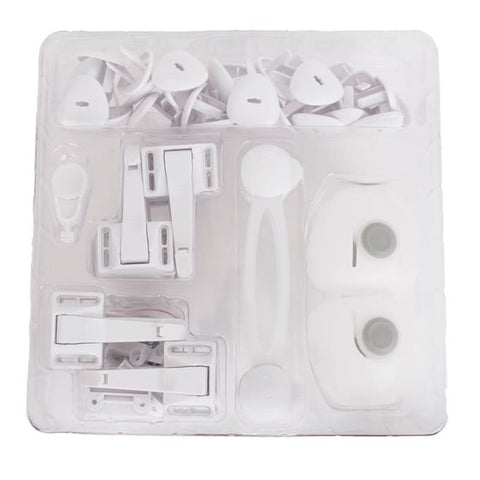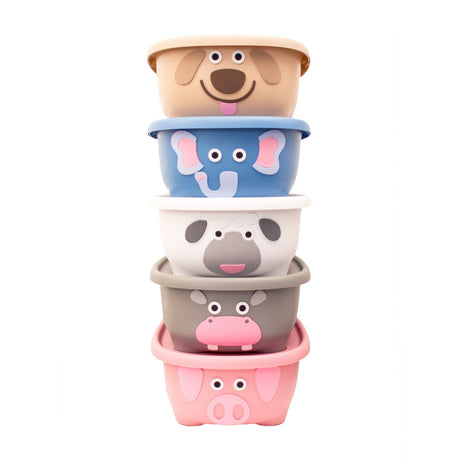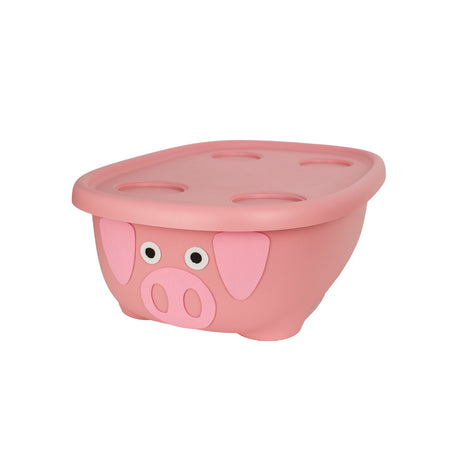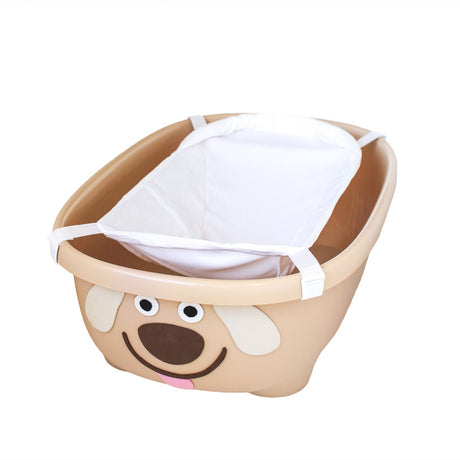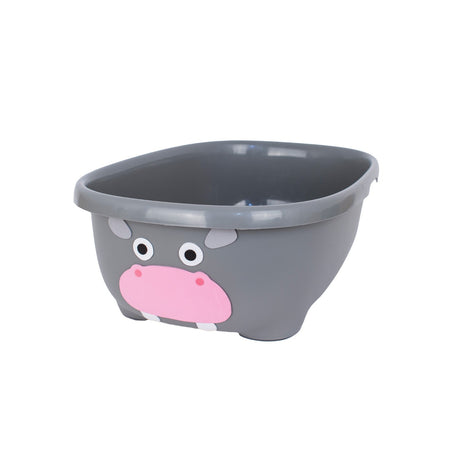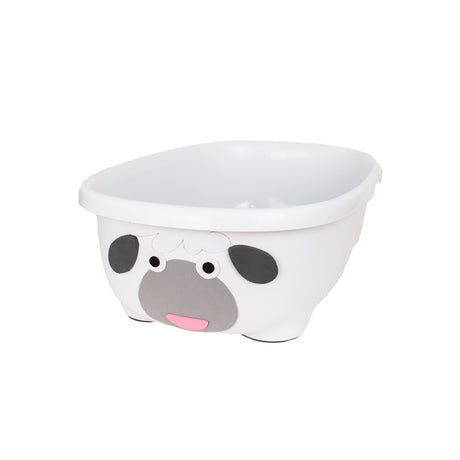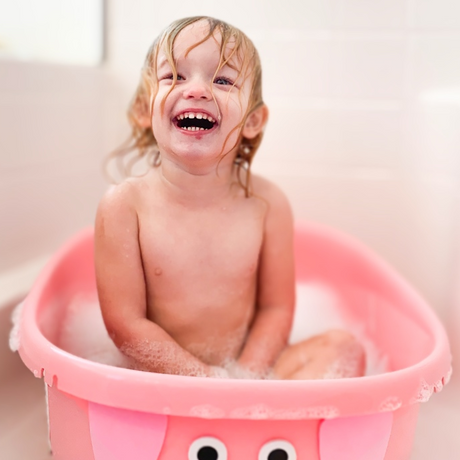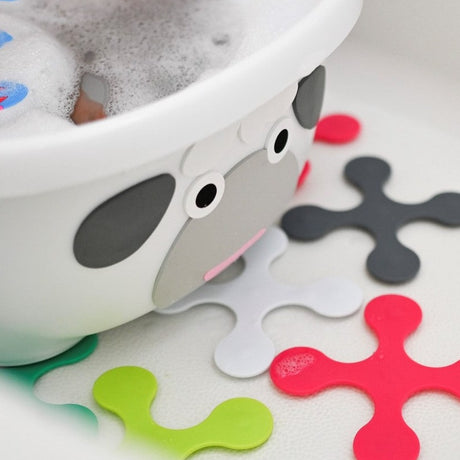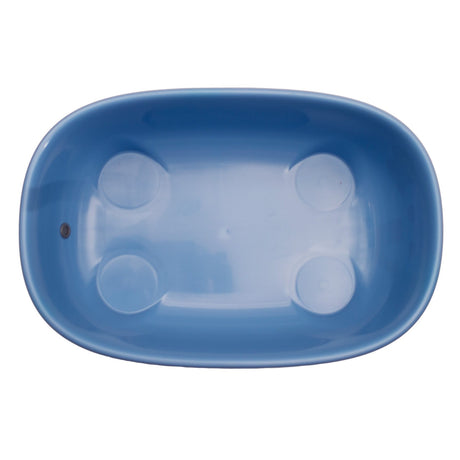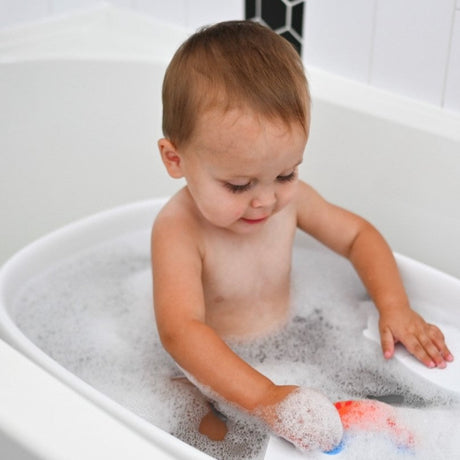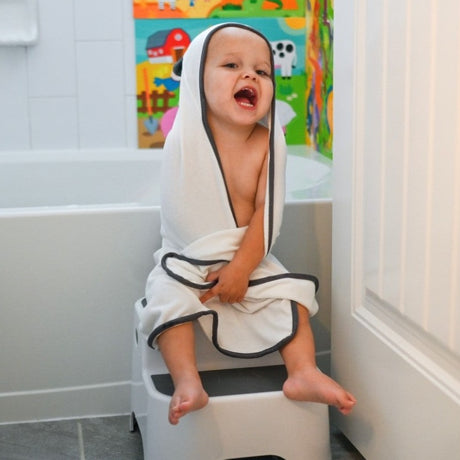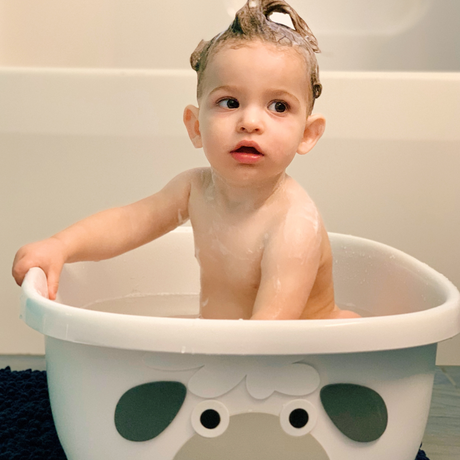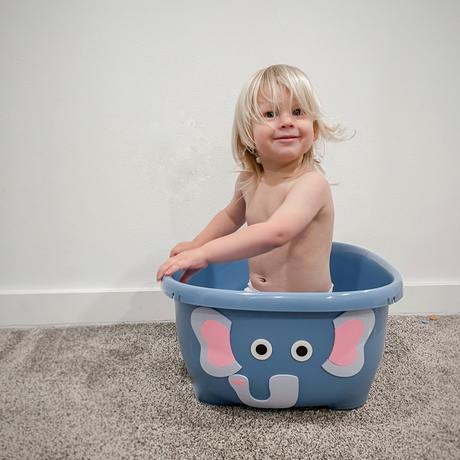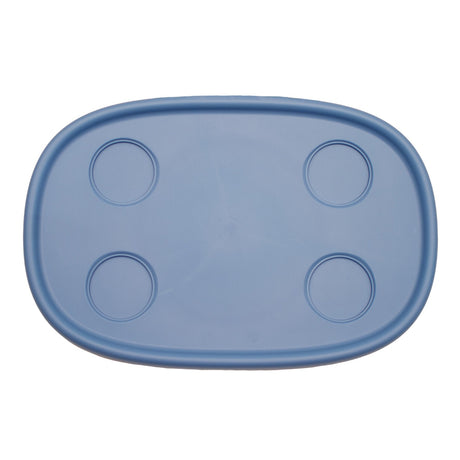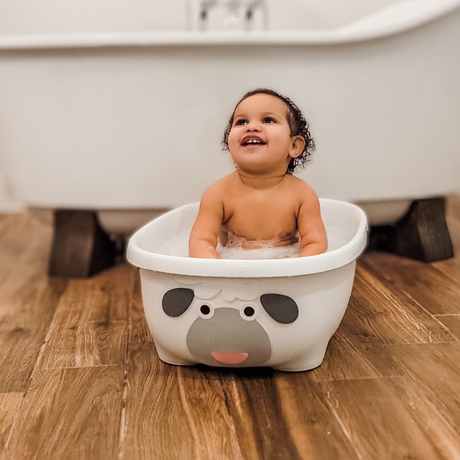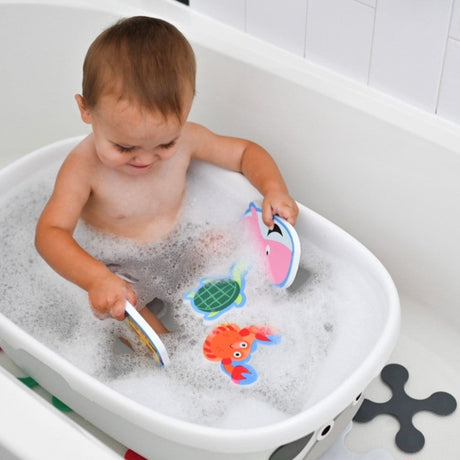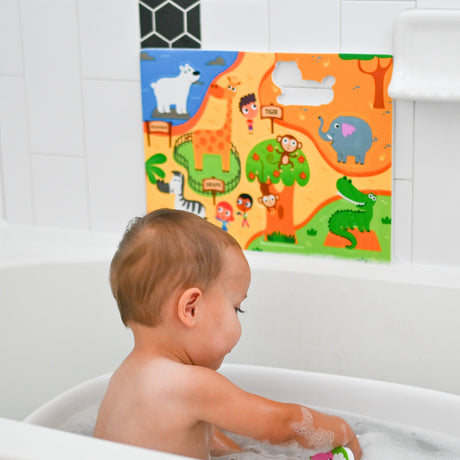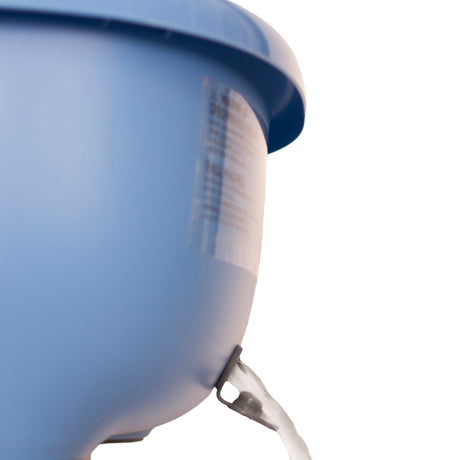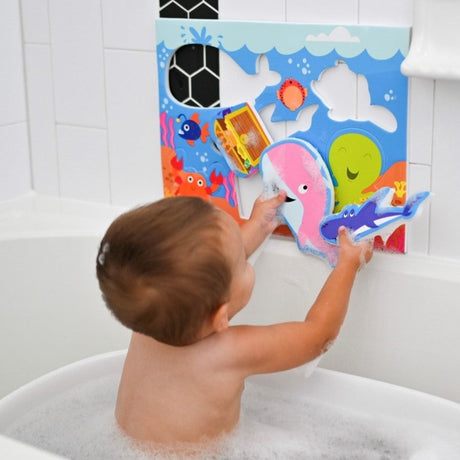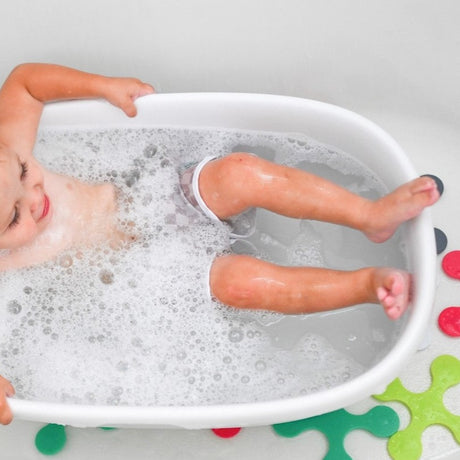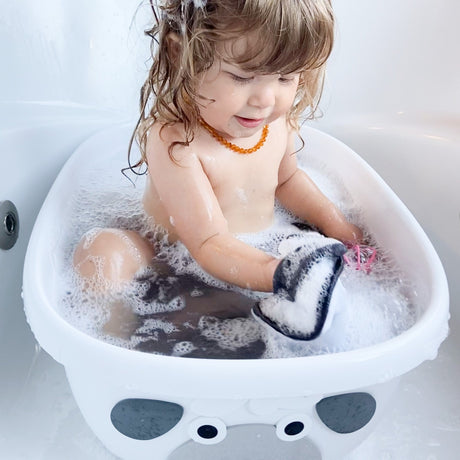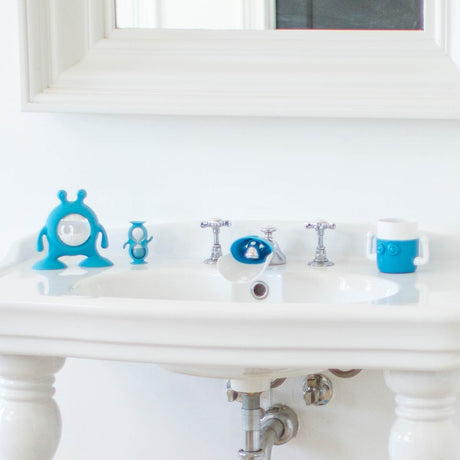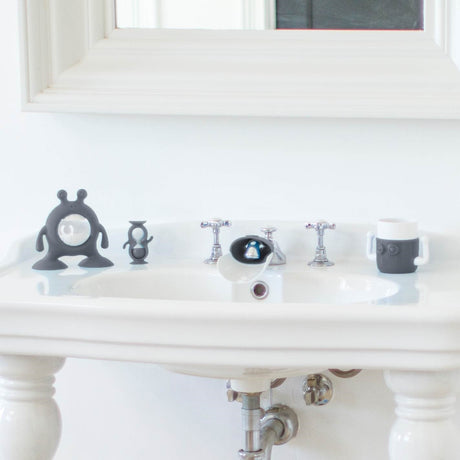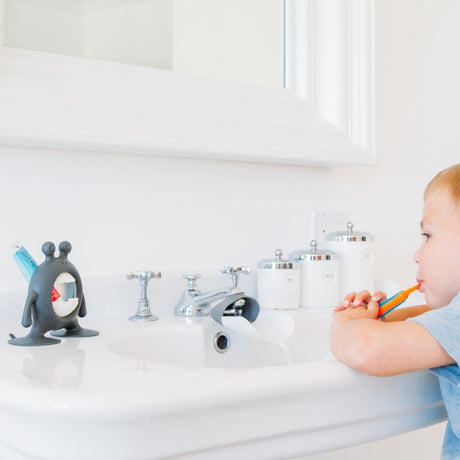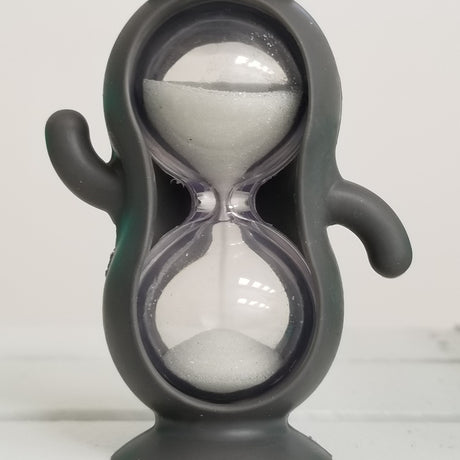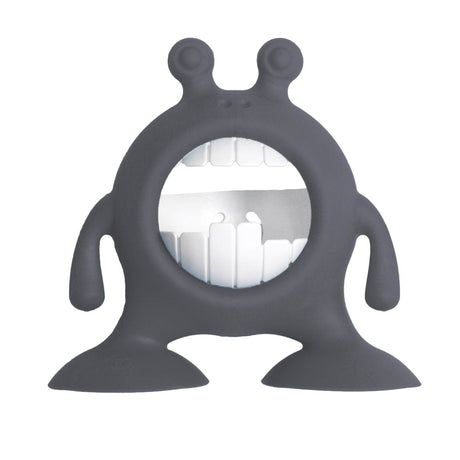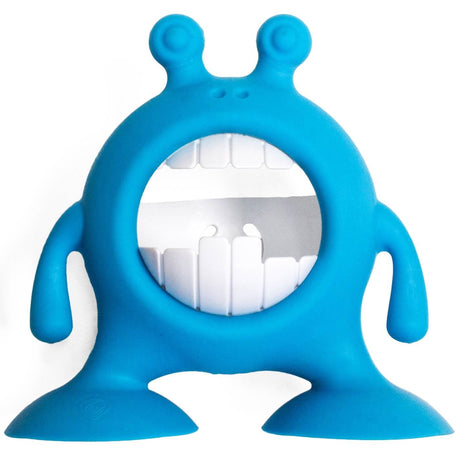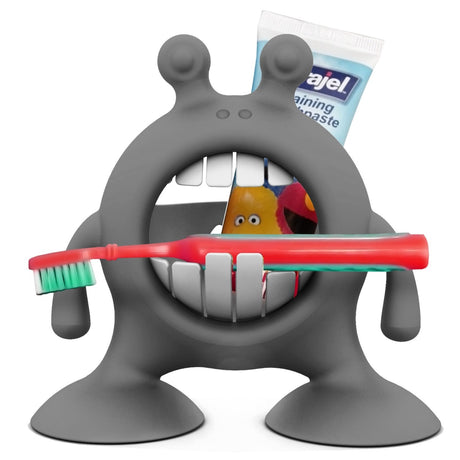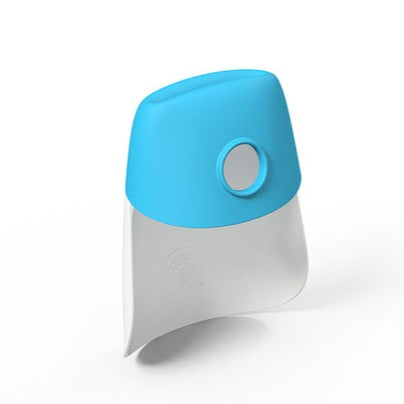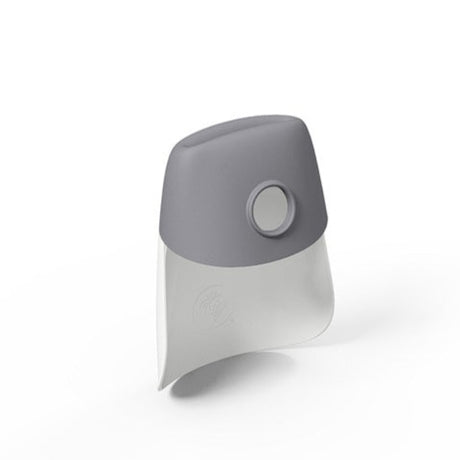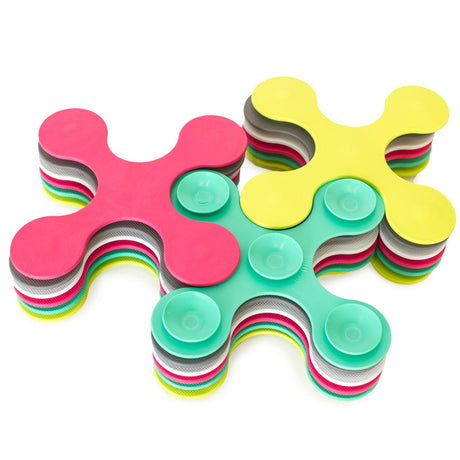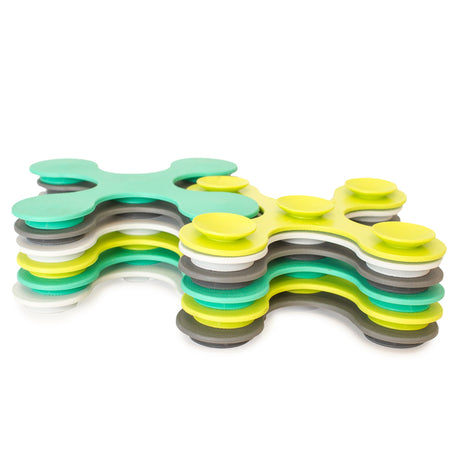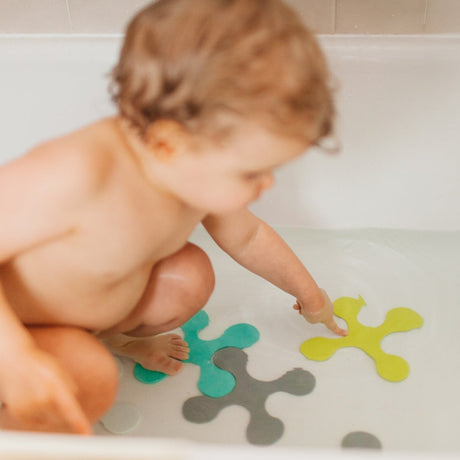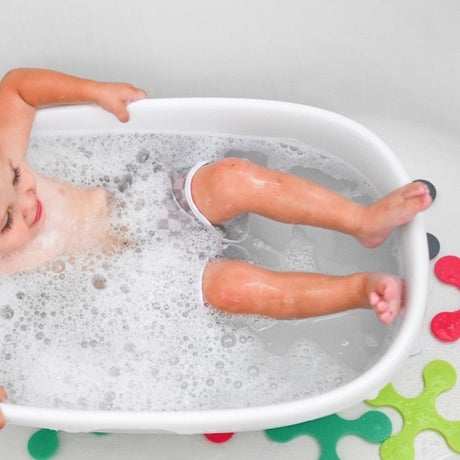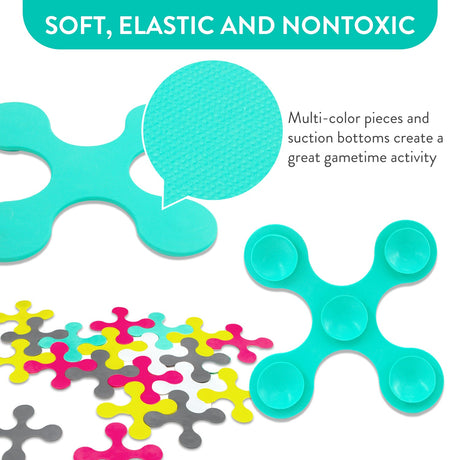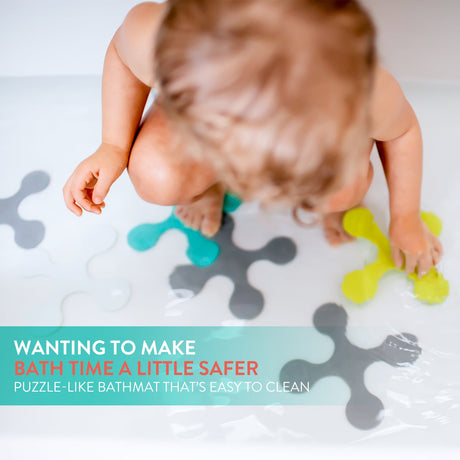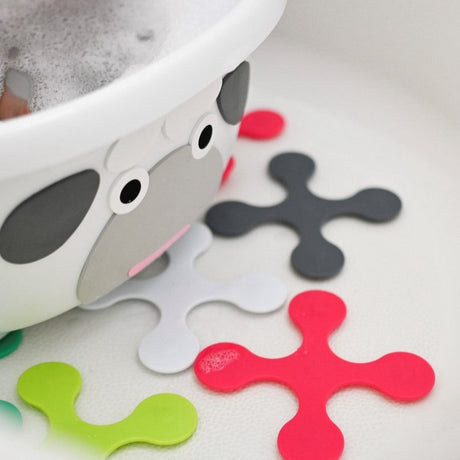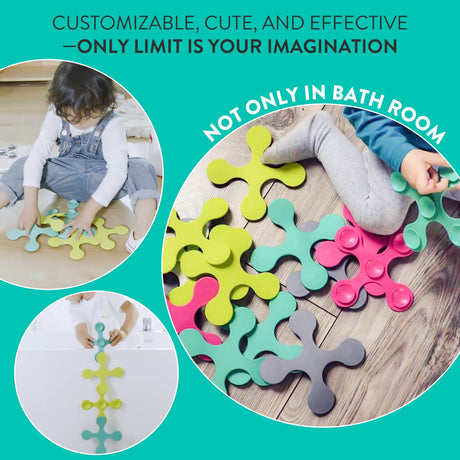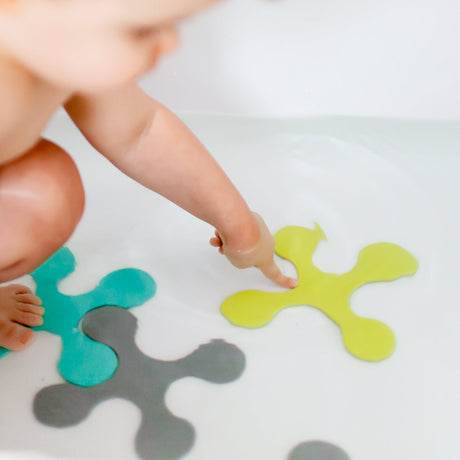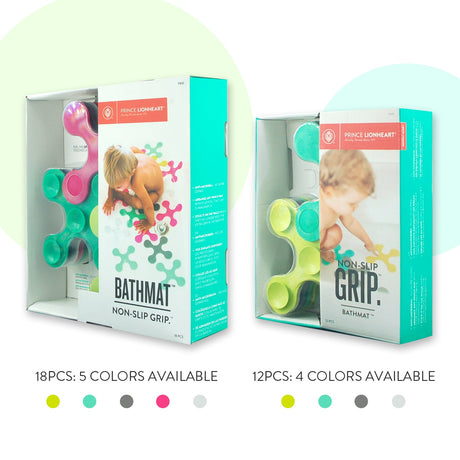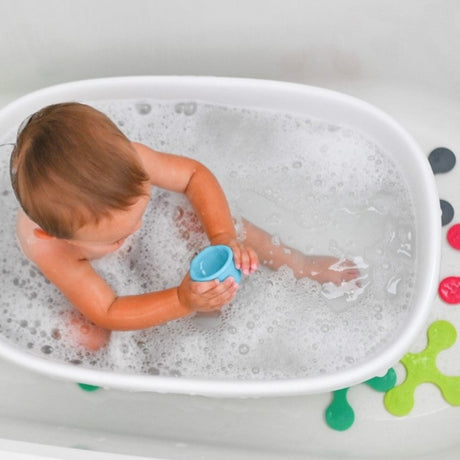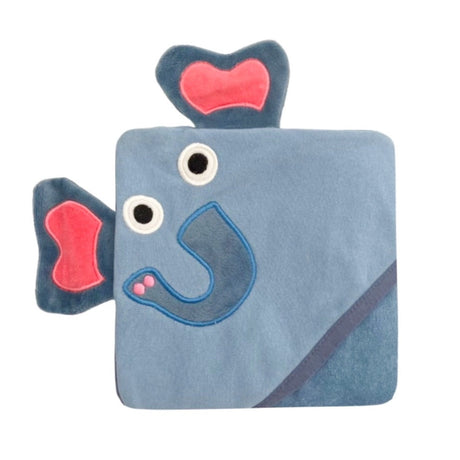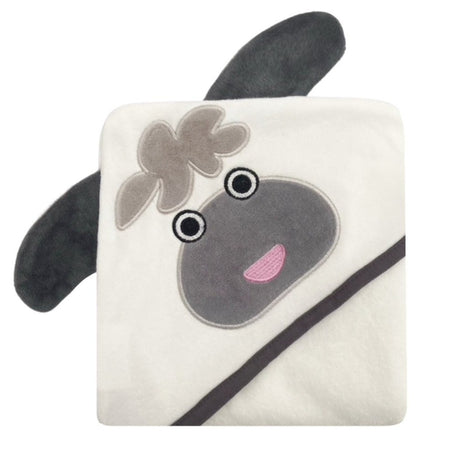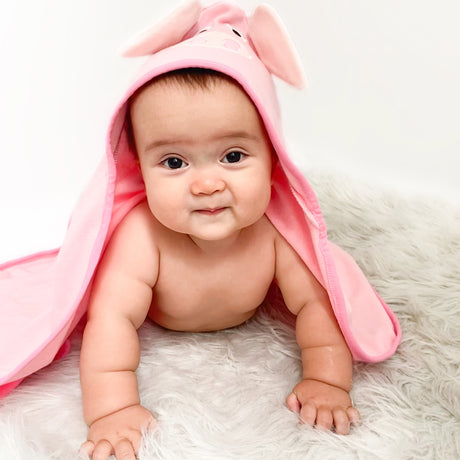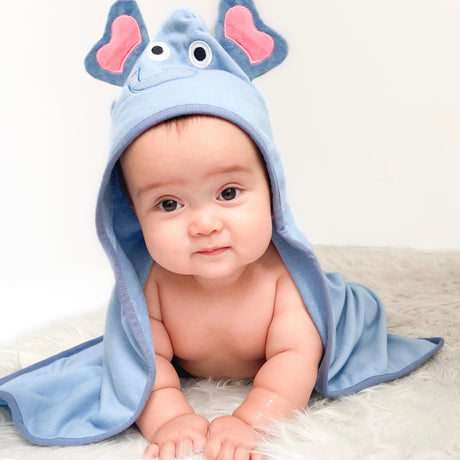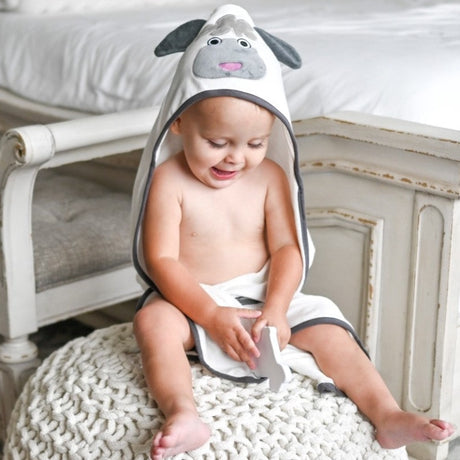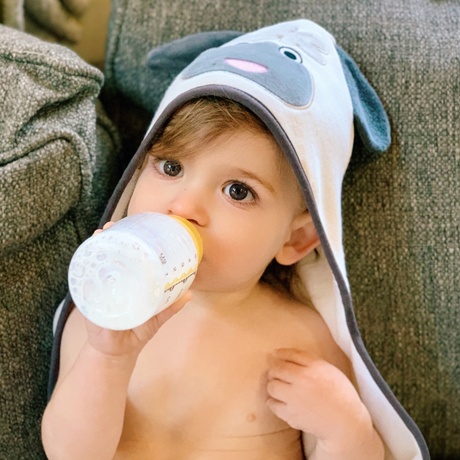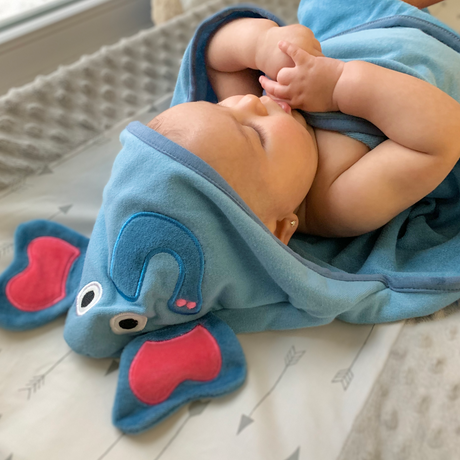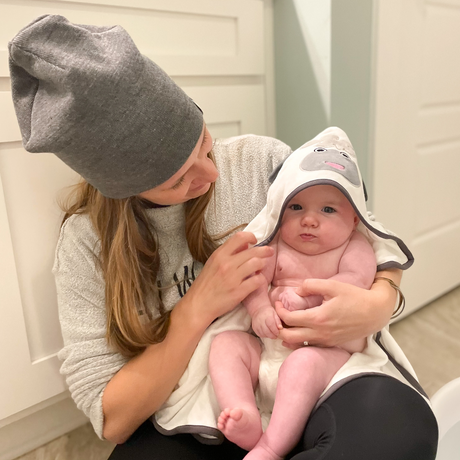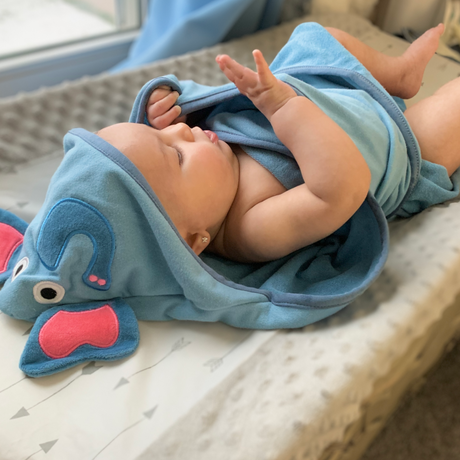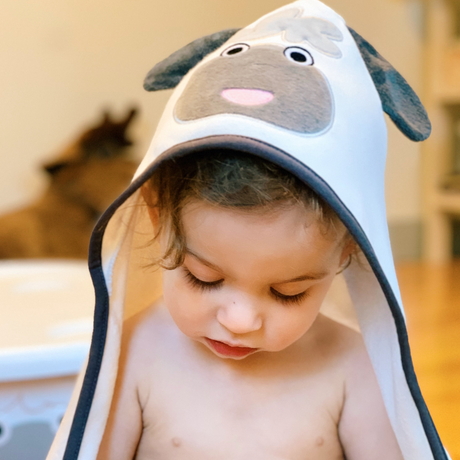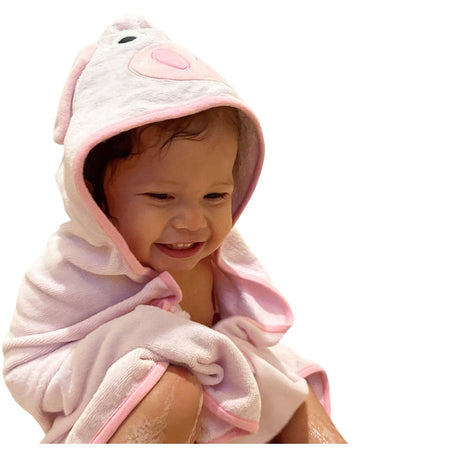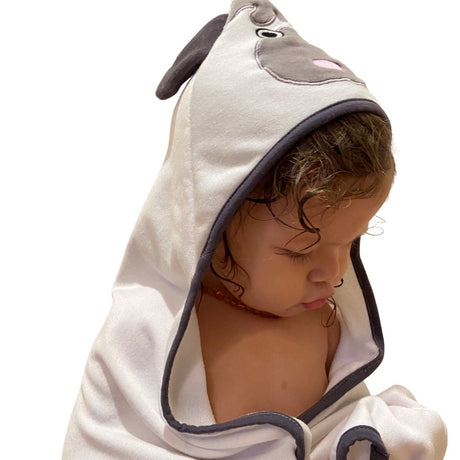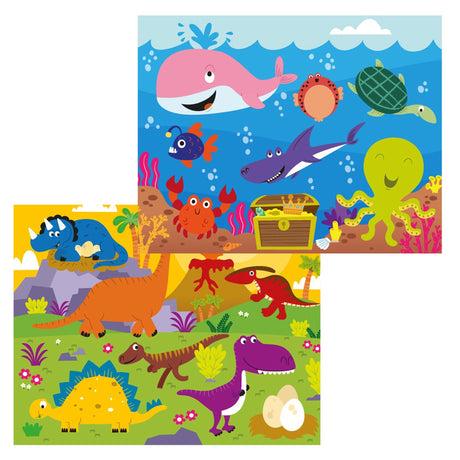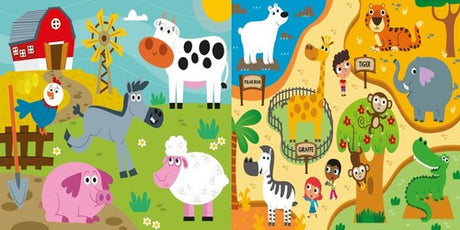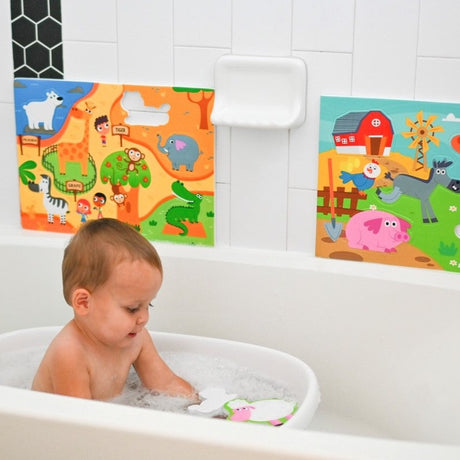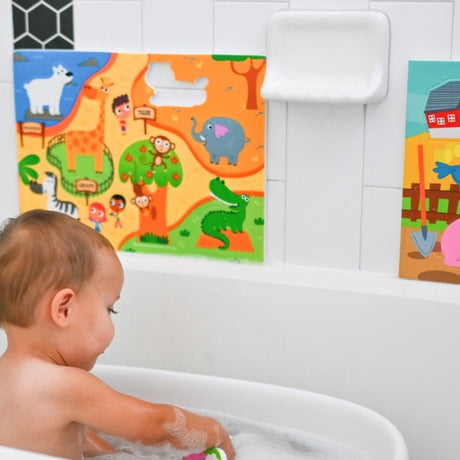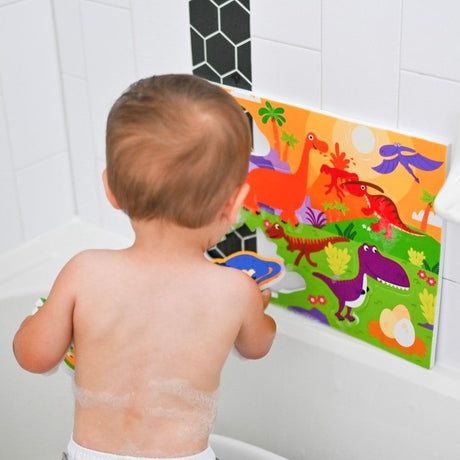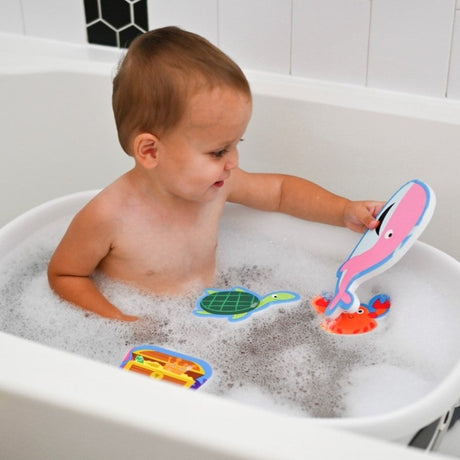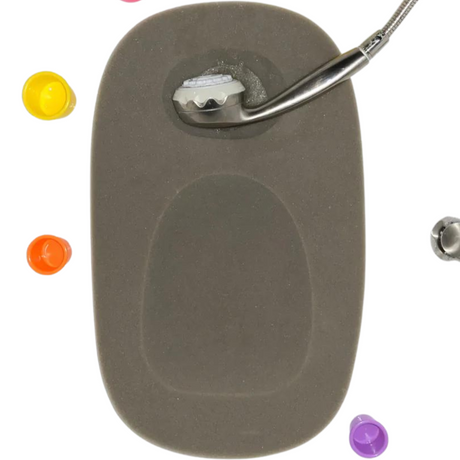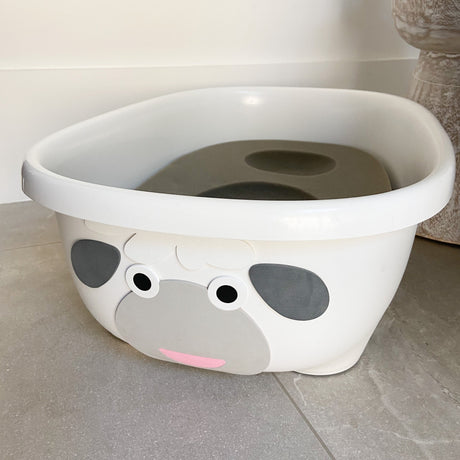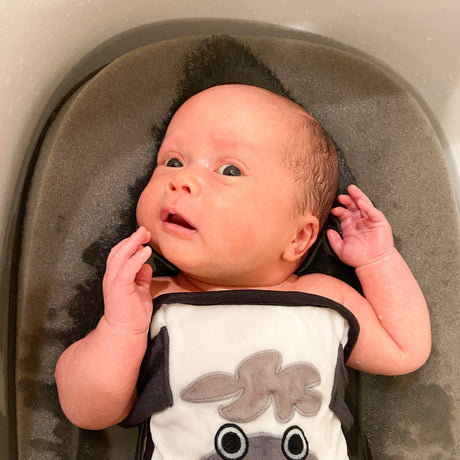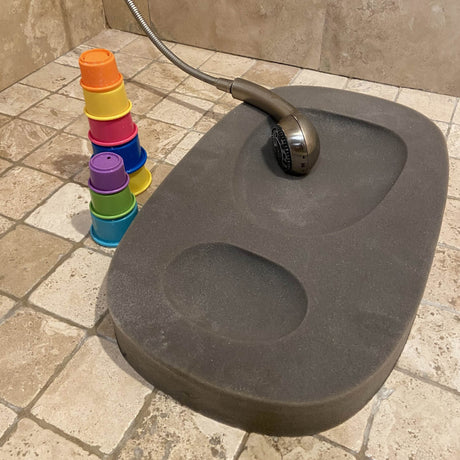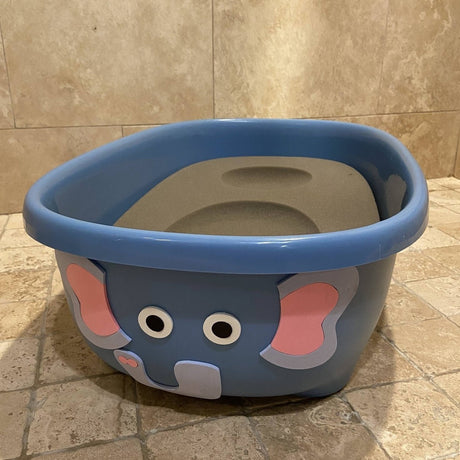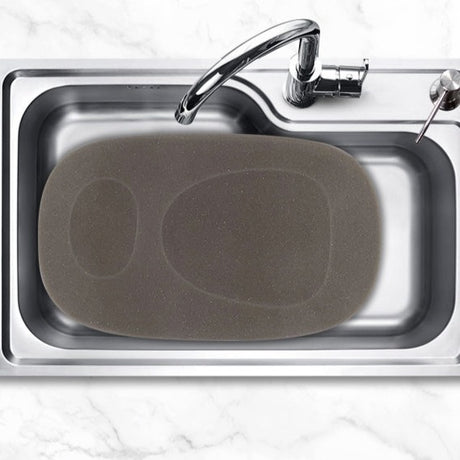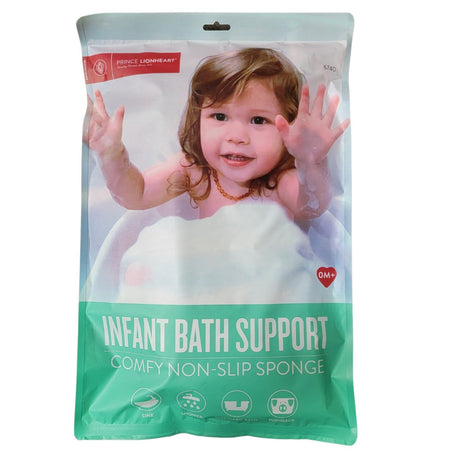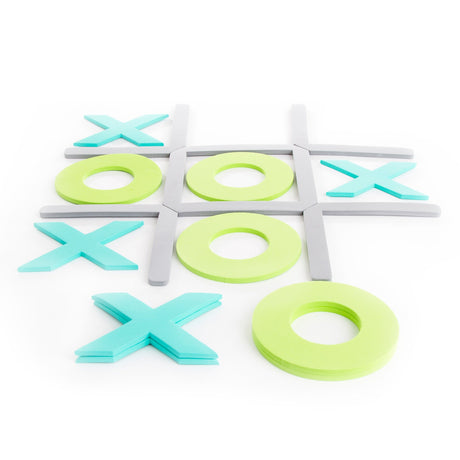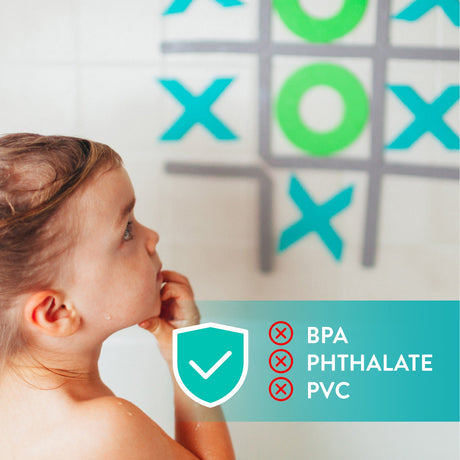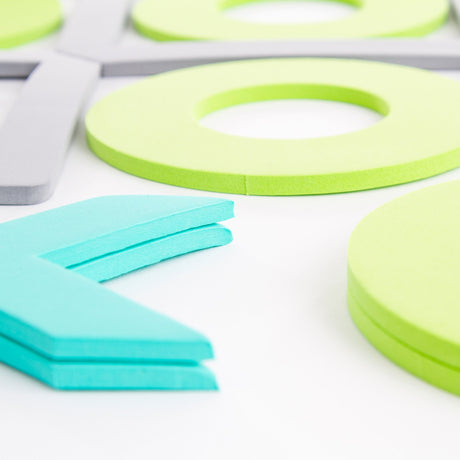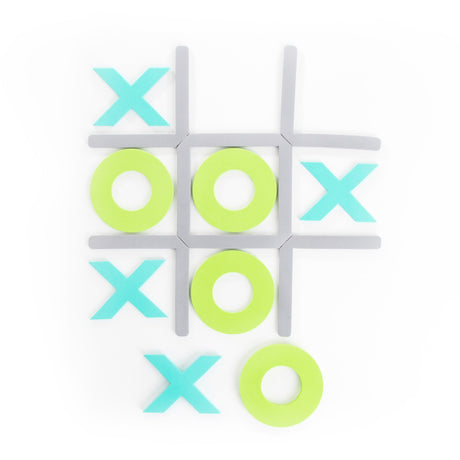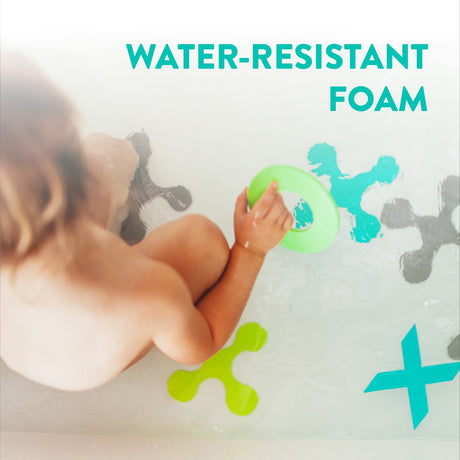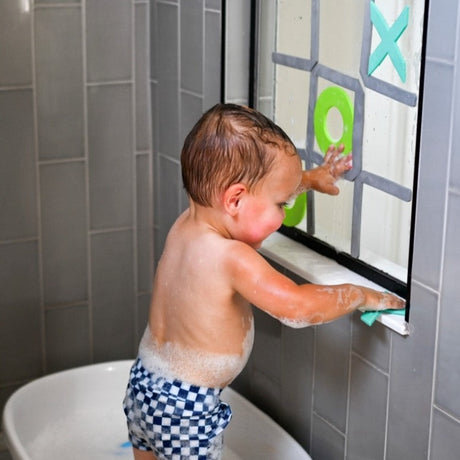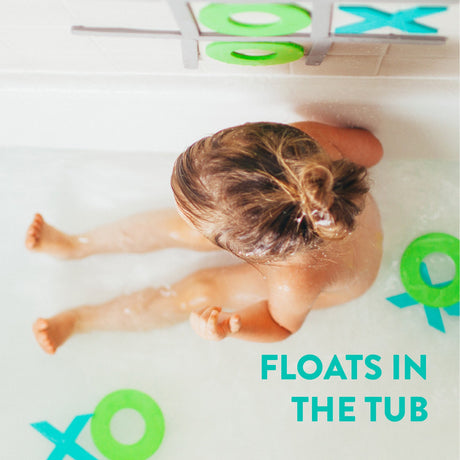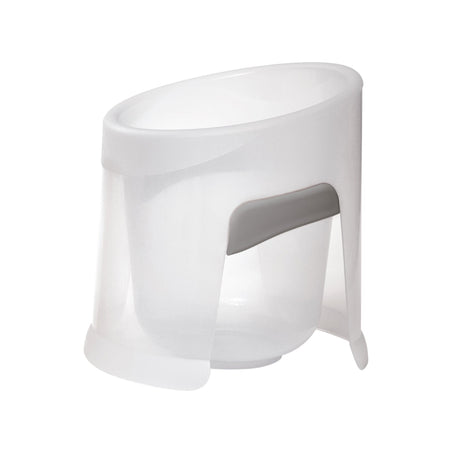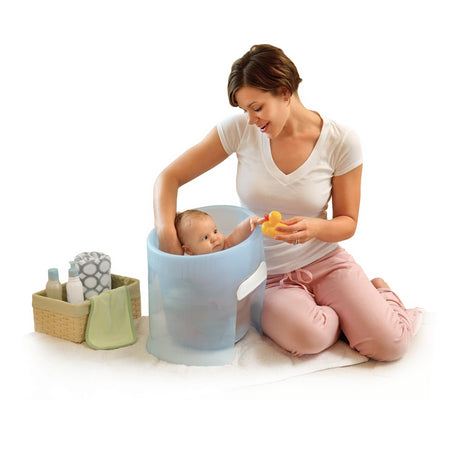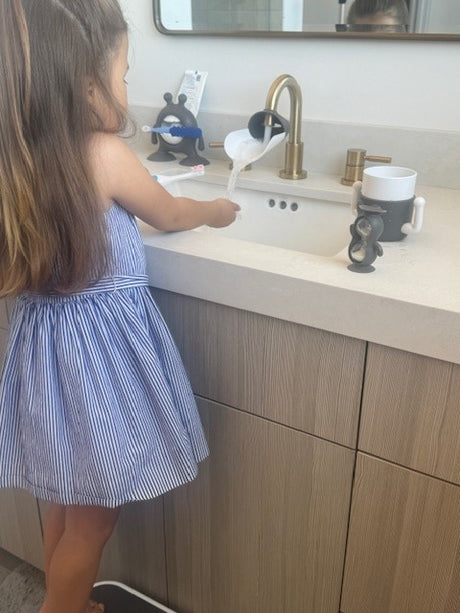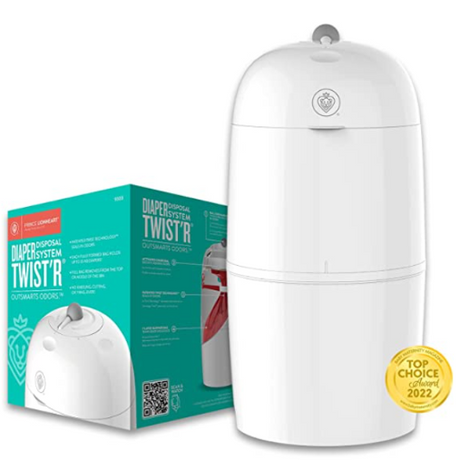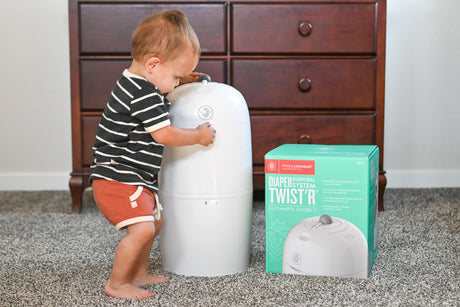You want the best for your baby! When it comes to safety, there’s a lot to think about. To help you stay organized and get prepared for your curious little one to start exploring their world, Prince Lionheart has put together this Baby Safety Guide, including the basics for new parents, and info that might surprise even the most seasoned parents among us. Explore how to keep Baby safe at home and on the go, so you’re ready for whatever life throws at you. Because life happens everywhere®.
Baby Safety At Home
Keeping Baby safe can feel like a big undertaking at first. Break it down into smaller categories, and you’ll begin to see that it’s all doable. Once Baby gets moving, things may get a little more complicated, but by then, you’ll be up to the challenge. Plan ahead for your safety needs, and keep adjusting, because family is a verb® after all!
Sleeping

Keeping Baby safe while they sleep is often the first newborn safety concern for many parents. Sleep is essential, for you and for Baby. Follow these infant safety tips so you and your little one can get that essential shut-eye.
Basics:
- Always put babies down to sleep on their backs. Even if your baby seems to prefer being on their tummy, the safest way for babies to sleep is always on their backs.
- Always put your baby to sleep on a firm surface. Babies need to sleep on a firm, flat surface, like a crib mattress.
- Keep cushy items out of the crib for now. Newborns can’t turn over yet. It’s important to keep items like pillows, loose blankets, stuffed animals, and padded bumpers out of the crib to keep Baby safe from suffocation and reduce the risk of SIDS. A fitted waterproof mattress pad covered with a fitted sheet are just fine.
- Be sure your crib meets safety standards. Older cribs may not be up-to-date for current safety standards. Any crib should be secure and not have slats more than 2⅜ inches apart.
What Might Surprise You:
- Keep your baby comfortable. Make sure your baby is comfortable, but not too warm, by using lightweight sleep clothing and keeping the room at a moderate temperature (between 68℉ and 72℉ is ideal). Swaddling is ideal for newborn safety, while sleep clothing like sleep sacks are a great choice for infant safety, too.
- Share a bedroom. Sleeping in the same room as your baby is a good idea in the first several months. Place the crib or a bassinet next to your bed to keep Baby close and make nighttime feedings easier.
Bathing

Bathing your baby can be lots of fun. Keep baby safety in mind at all times, and enjoy the scrub-a-dub.
Basics:
- Test bath water with your elbow first. That way, you’re sure the water is the right temperature to keep your baby warm without burning them. Turn your hot water heater down to 120℉, just to be safe.
- Store anything that uses electricity away from the tub. Babies can grab quickly. Keep anything with electrical cords away or well out of reach from your baby during bath time.
- Stay within arm’s reach. Babies can slip under the water or tip over in a bath seat. It happens quickly, so stay close to keep Baby safe.
What Might Surprise You:
- Babies can drown in even an inch of water. Even the smallest amount of water in a wading pool, sink, bathtub, bucket, or toilet can be a drowning risk. Always stay with your baby around water.
- Drinking bath water can make your baby sick. Drinking too much bathwater can lead to a dangerous condition called water intoxication. Don’t let them drink the water, as much as they’ll want to.
Feeding
Whether you’re bottle-feeding, breastfeeding, or feeding your baby solid foods, mealtime is a great time to bond with your baby. Follow infant safety tips for feeding, so you can enjoy all that smiley eye contact while watching them chow down.
Basics:
- Hold your bottle-fed baby when you feed them. Propping up a bottle or putting your baby to bed with a bottle could cause choking or tooth decay.
- Be careful about foods your baby can choke on. Until they have a full set of teeth, don’t feed your baby apple, grapes, hot dogs, popcorn, nuts, seeds, hard pieces of uncooked vegetables, or hard or round candy. These foods are the perfect shape to block Baby’s pipe and are common causes of choking.
- Cut all other solid foods into small, thin pieces. This will help avoid choking, but the best baby safety precaution is to stay with your kid while they’re eating.
What Might Surprise You:
Never leave a baby alone while they’re eating. It’s tempting to get things done while Baby is occupied, but it’s safer to sit with them while they eat, so you can make sure they don’t choke.
Seating
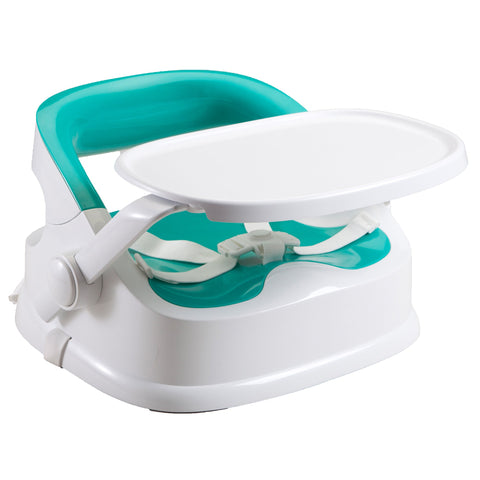
You’ll want to use all types of seats for your baby so that you can have your hands free to get things done. Baby seats are great for this reason, and you may initially think that seats are all secure, but that’s only if you’re using them correctly. Follow the manufacturer’s safety instructions and the following seating baby safety tips to keep Baby safe and secure.
Basics:
- Use the safety straps. Baby seats come with safety straps for good reason! Even if your baby seems secure without the straps, use them anyway. Your squirmy one can wiggle themselves right out of their seat.
- Place seats safely away from anything your baby can grab. Babies are grabby! Check that there aren’t any cords, appliances, furniture, or heavy objects within arm’s reach of your baby wherever they’re seated.
What Might Surprise You:
Place baby seats on the floor. Babies love to swing and kick their little legs. They could knock themselves over and off of a high surface. Keep car seats and infant seats on the floor to prevent falls as well.
Household and Furniture Safety
Keep your baby safe by making sure that you follow safety precautions when it comes to the furniture and other items in your home.
Basics:
- Secure all heavy furniture. Here come those grabby hands again! Babies love to pull on things, including furniture. Once Baby’s on the move, they might attempt climbing practice on your bookshelves and drawers. Secure all heavy or potentially unstable furniture to the wall, and use drawer locks to prevent climbing, too.
- Cover those outlets. Those little holes in the wall are enticing to little hands. Prevent accidents by using outlet covers on every unused outlet at all times.
- Hide and secure cords. Babies can get wrapped up in electrical cords and the cords to blinds, which can pose a strangulation risk. Plus, Baby could pull down heavy electronics. Keep electrical cords and blind cords secured and hidden out of sight.
- Use safety gates. Install secure baby safety gates at the tops and bottoms of all stairs, and shut them every time you use the stairs. These baby safety products are essential to protecting your baby from falls.
- Secure doors and windows. Make sure that windows near your baby are shut and locked at all times. Keep doors shut securely or use pinch guards so that Baby can’t squish their little fingers. Install products to help protect Baby from opening doors and windows.
- Lock the dishwasher, oven, and toilet. Babies will notice the way you spend time emptying the dishwasher, pulling food out of the oven, or using the toilet. They’ll be curious about trying these things, too. Use safety latches or locks on these items to keep Baby out and safe from danger.
- Watch out for corners and edges. As soon as your baby is on the move, you’ll be shocked to realize how many sharp corners and edges you have in your home. Use specially designed baby safety products to pad edges and corners to protect your little one’s precious body.
- Check your smoke and carbon monoxide alarms. Ensure you have a smoke detector and a carbon monoxide alarm on each level of your home, located close to sleeping areas. Check the batteries and test them every six months to ensure they work.
- Lock it up. Use drawer latches to keep drawers secure and to keep Baby from grabbing anything sharp or dangerous. Keep medications, cleaning supplies, and other poisonous substances high and out of reach in a locked cabinet. All tools and weapons should be locked up at all times.
What Might Surprise You:
- Skip tablecloths and table runners. Babies can grab the edge of a tablecloth or table runner and pull it down… along with everything else on it. Skip these decorative items for now until you’re sure Baby can keep their hands off.
- Consider furniture placement. Arrange your furniture so that Baby can’t reach or climb up and get access to anything dangerous. This includes gaining access to windows, blinds, appliances, or electronics like the TV.
- Check your household plants. Some plants are toxic when ingested. Find out if any plants within your baby’s reach could make them sick.
- Stay hands-on. Never leave your baby on an elevated surface such as a changing table, couch, chair, or bed. If you can’t hold Baby for even a short moment, place them safely in their crib, playpen, or the floor if they aren’t moving about yet.
Baby Toy Safety
Anything your baby plays with should be looked over regularly. Sharp corners and choking hazards can easily go undetected.
Basics:
- Look for missing and broken pieces. Babies are great at pulling and ripping and biting and dropping things! Of course, that means pieces may come off their toys, creating choking hazards or sharp edges.
- Use safe storage. Keep Baby’s toys in a storage container that doesn’t pose a risk to your baby. Avoid heavy lids and aim for fabric or lightweight plastic containers that won’t hurt your baby if they pull it down.

What Might Surprise You:
Stick with newer toys. As cool as vintage toys are, they might not be safe for your baby. Safety standards have changed over time. Older materials might not meet today’s standards or could become choking or pinching hazards due to age. If you have family heirlooms or other vintage toys, use them for decoration in Baby’s room and stick to newer, safer toys for play instead.
Baby Safety In The Car
Using the right car seat is a big part of keeping Baby safe while on the move. You also have to use it correctly and follow some other baby safety guidelines. Do that, and you’re all set for plenty of drives to get out and explore the world together!
Basics:
- Use a brand new, rear-facing car seat. Always purchase a new car seat to ensure it has never been in an accident. Install it safely and correctly in the rear-facing position, and ideally, in the middle of the back seat. Not sure if you’re doing it right? Ask your hospital or local fire station for a car seat inspection to show you how to correctly install your car seat.
- Never leave your baby in the car alone. If you get out of the car, bring Baby with you - even when they’re sleeping. Cars can get extremely hot very quickly. It’s critical that you never leave kids alone in a car.
- Remove your keys before getting out of the car. As soon as you turn off the car, remove your keys, and put them in your bag or your pocket straight away. This helps minimize the likelihood of locking your keys (and your baby) inside the vehicle.
- Keep car doors and trunks locked. Get in the habit of locking your car doors and trunk, and keeping your keys out of Baby’s sight. This way, there’s no opportunity for little ones to get into the car without you.
What Might Surprise You:
- Register your car seat. It’s smart to register your infant safety seat as soon as you bring it home. This way, you’ll be made aware of any recalls. Some companies even notify you when your car seat expires.
- Put your diaper bag or cell phone in the back seat. You’ll be tired, and if Baby is quiet or falls asleep, there’s a chance you’ll forget they’re in the car. Putting your essentials in the back seat ensures you have to check the back before getting out of the car.
Baby Safety Outside the Home
Getting out and about helps your baby learn about new things. Follow these baby safety tips to help keep them safe and sound.
Basics:
- Be aware of what’s within reach. Babies love to explore things by grabbing them, gnawing on them, or popping them right into their mouths. If Baby is still stationary, place them somewhere where they can’t mouth anything dirty or germy. If Baby’s on the move, keep your eye on them. You’ll find them wanting to lick that filthy window or handrail.
- Look out for choking hazards. Whenever you’re going to put Baby down, scan the area for any choking hazards. Small toys, pieces of food, rocks, coins, or even acorns could end up in your baby’s mouth, and pose a choking hazard, within seconds.
- Watch for sharp and pointy items. Sticks, writing utensils, keys, forks, and more. All kinds of sharp or pointy things can be dangerous to your baby. Be aware of what’s nearby and keep sharp, pointy items out of Baby’s reach.
- Stay on top of a baby on the move. Once Baby is mobile, you’ll be a lot busier, following them everywhere they go. It’s a lot of work. Still stay with them as little ones can quickly grab something unsafe or get themselves into an unsafe area.
- Never leave your baby unattended. This is an obvious one, but it bears repeating. Always stay with your baby when you’re out and about so you can keep them safe.
What Might Surprise You:
Appreciate flora and fauna from a distance. Babies love to yank on dogs’ soft ears or grab handfuls of fur. Unfortunately, not all dogs are understanding of babies and their desire to tug. Babies are also prone to grabbing at plants, which could be poisonous or have sharp thorns. Feel free to point out beautiful flowers and adorable nearby animals, but stay far enough away for Baby to grab anything.
Other Baby Safety Considerations
You’ll want to keep some other things in mind as you navigate the world with your baby in tow. No matter what you’re doing or where you go, safety should always be at the forefront of your mind. Bravery is inside us all®, but that doesn’t mean you can’t try to prevent the bigger stumbles.
Basics:
- Be cautious around your pets. No matter how much you love and trust your pets, it’s best not to leave your baby alone in a room with them. Babies are unpredictable, and their noises and grabbing can startle or irritate pets.
- Protect sensitive skin from the sun. Babies can sunburn quickly. Keep Baby covered when you’re out in direct sunlight, especially between 10am and 2pm.
- Learn baby CPR and how to treat a choking infant. Take a class to learn baby first aid, CPR, and how to treat a choking baby. Hopefully, this is information you’ll never need, but it’s good to know regardless.
What Might Surprise You:
Beware of burns. Burns can happen quickly and unexpectedly. Never drink hot beverages or eat hot food while holding your baby. Keep Baby safely away from all hot things, including the stove, fireplaces, grills, and more. Use safety guards when possible, and cook on the back burners when you can. Turn the handles of pots and pans to keep them out of Baby’s reach.
Baby Safety Products
This may seem like a lot to think about at first, and you’re not wrong. It is! Baby safety will become second nature to you in no time. Don’t forget, though—with each new stage, you’ll need to adjust your baby proofing and baby safety products just a little bit. Newborn safety is very different from baby safety for little ones on the move. And, of course, safety standards change over time. Stay up-to-date on the latest and even remind older loved ones that what they think is fine, might not be anymore.
Which Baby Safety Products You Need
To get ready and figure out what baby safety products you might need, it can be helpful to get down on the floor at baby level and see what’s within reach and what might look enticing to your little one. Check for shiny items that will catch your baby’s eye. Think breakables within reach, or anything on the edges of tables, shelves, or counters that Baby could pull down on themselves. Take a look at edges, corners, sharp exposed parts (like nails or screws) on furniture, drawers, cabinet doors, and anything that might roll. These will all be things you’ll need to address with the right baby safety products. If you have older kids, check for small toys they might leave lying around and help them understand how those items are a choking hazard to Baby.
Once you know what kind of baby safety products you’ll need, make a list of must-haves for infant safety now, and a list of things you’ll need later when Baby’s mobile. It might be better to get it all now, if you can swing it, but write it all down now either way.
Getting Started: Installing Baby Safety Products
Certain baby safety products are best installed right away so that you can get in the habit of using them correctly. It’s a good idea to secure the furniture, windows, and doors before Baby even arrives. Safety gates on stairs should be installed as soon as Baby is home. Think about installing outlet covers, drawer latches, cabinet latches, toilet locks, and edge and corner protectors well before your baby can move, too. This way, they become accustomed to seeing these things and aren’t suddenly curious about something brand new in the house.
At Prince Lionheart, we know that baby safety is a top priority for you, and it’s a top priority for us, too. We work hard to ensure that all of our products are safe for your baby, while also allowing them to learn and explore. Our products are created to help make your life easier and safer. We want you to be able to focus on what matters most: Your family. Use this safety guide to help you prepare for life’s grand improvisation - raising kids.
